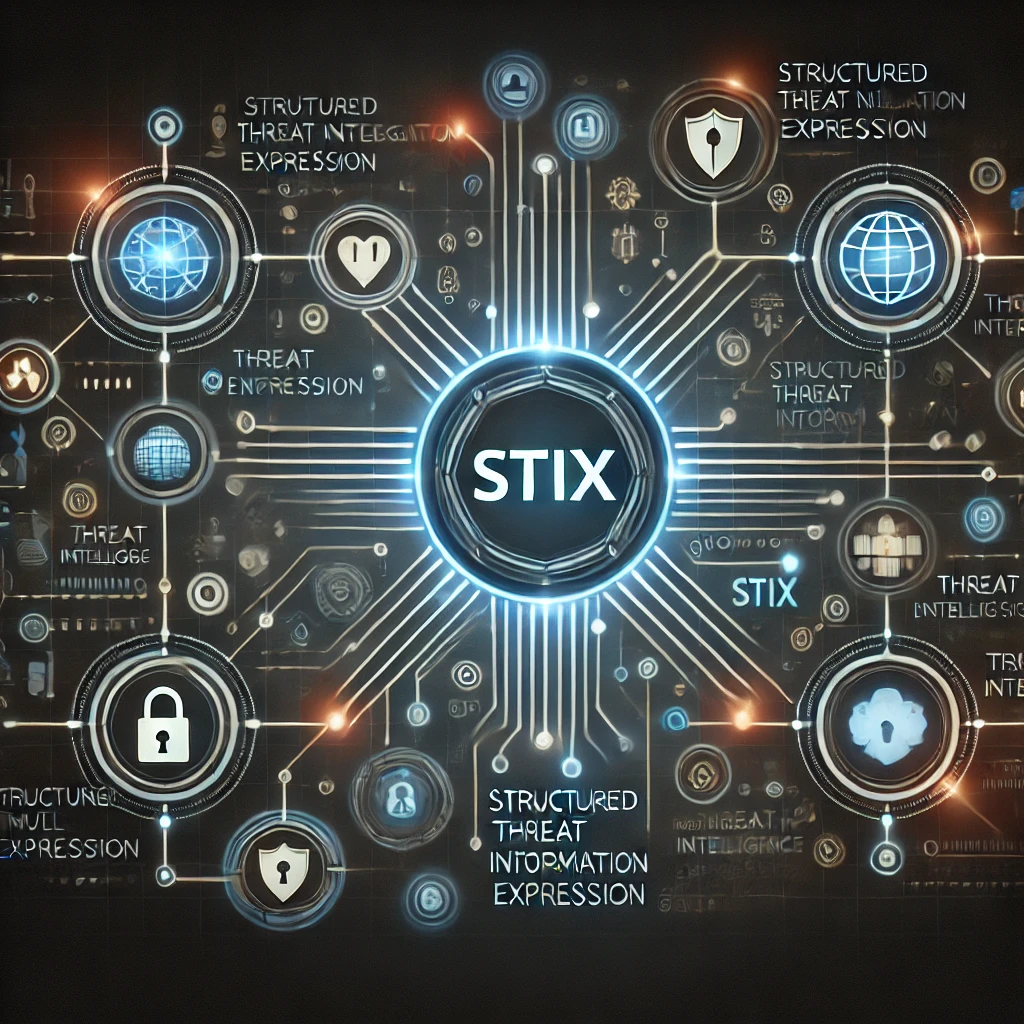In today’s digital world, cybersecurity is more important than ever. With the increasing number of cyber threats, organizations need to protect their systems and data. To do this, they must stay ahead of cybercriminals by sharing information about these threats. One way to do this effectively is by using STIX, a language designed for sharing threat intelligence. This article will explain what STIX is, why it is important, and how it can shape the future of cybersecurity.
What is Cybersecurity?
Cybersecurity is the practice of protecting computers, networks, and data from unauthorized access, attacks, and damage. It involves various tools and techniques to ensure that information remains safe from cybercriminals. As technology evolves, so do the methods used by hackers to exploit vulnerabilities. This makes cybersecurity an ongoing challenge for organizations around the world.
The Importance of Threat Intelligence
Threat intelligence is information that helps organizations understand and prepare for cyber threats. It includes data about the tactics, techniques, and procedures used by cybercriminals. By analyzing this information, organizations can better protect their systems and respond to attacks more quickly. Sharing threat intelligence is crucial because it allows organizations to learn from each other’s experiences and improve their defenses.

What is STIX?
STIX stands for Structured Threat Information eXpression. It is a standardized language developed to facilitate the sharing of threat intelligence. STIX provides a common framework for describing cyber threats, which makes it easier for organizations to share and understand the information. This helps create a more collaborative approach to cybersecurity, where everyone works together to combat cyber threats.
The Evolution of STIX
STIX was first introduced in 2012 by the MITRE Corporation, a non-profit organization that works on cybersecurity research and development. Since then, it has undergone several updates to improve its functionality and usability. The latest version, STIX 2.1, offers more features and flexibility, making it even more effective for threat intelligence sharing.
How STIX Works
STIX uses a structured format to describe various aspects of cyber threats. This includes details about the threat actors, their motives, and the techniques they use. STIX cybersecurity can also describe the affected systems and the impact of an attack. By organizing this information in a consistent way, STIX makes it easier for organizations to analyze and share threat intelligence.
Here are some key components of STIX:
- Indicators: These are signs that a cyber threat may be present. Indicators can include IP addresses, domain names, and file hashes associated with malicious activity.
- Campaigns: These describe a series of attacks conducted by a threat actor over time. Understanding campaigns helps organizations recognize patterns and anticipate future attacks.
- Threat Actors: These are the individuals or groups responsible for cyber attacks. Knowing about threat actors can help organizations understand their motives and methods.
- Attack Patterns: These describe the techniques and procedures used by cybercriminals. By knowing how attacks are carried out, organizations can develop better defenses.
- Courses of Action: These are recommendations for responding to and mitigating cyber threats. Sharing effective courses of action can help other organizations protect themselves.
Benefits of Using STIX
Using STIX for threat intelligence sharing offers several benefits:
- Standardization: STIX provides a common language for describing cyber threats, making it easier for organizations to share and understand information.
- Improved Collaboration: By using STIX, organizations can work together more effectively to combat cyber threats. Sharing threat intelligence helps everyone stay informed and better prepared.
- Enhanced Security: With better access to threat intelligence, organizations can improve their security measures and respond to attacks more quickly.
- Cost Savings: By sharing information and learning from each other’s experiences, organizations can avoid costly mistakes and reduce the overall impact of cyber threats.
- Proactive Defense: STIX allows organizations to anticipate and prepare for future attacks, rather than just reacting to incidents as they occur.
Challenges of Implementing STIX
While STIX offers many benefits, there are also challenges to consider:
- Complexity: STIX can be complex to implement, especially for organizations that are new to threat intelligence sharing. It requires technical expertise and resources to set up and maintain.
- Data Privacy: Sharing threat intelligence involves sharing sensitive information, which can raise privacy concerns. Organizations must ensure that they handle and share data responsibly.
- Trust: Effective threat intelligence sharing relies on trust between organizations. Building this trust can be difficult, especially in competitive industries.
- Integration: Organizations may need to integrate STIX with their existing cybersecurity tools and systems. This can be a time-consuming and challenging process.
The Future of STIX and Cybersecurity
Despite these challenges, the future of STIX and threat intelligence sharing looks promising. As more organizations adopt STIX, the cybersecurity community will become stronger and more resilient. Here are some potential developments to watch for:
- Increased Adoption: As awareness of STIX grows, more organizations will begin using it for threat intelligence sharing. This will create a larger and more diverse pool of information, benefiting everyone involved.
- Improved Tools and Technologies: Advances in technology will make it easier to implement and use STIX. New tools and platforms will help organizations share and analyze threat intelligence more effectively.
- Greater Collaboration: The cybersecurity community will continue to work together to improve threat intelligence sharing. This will lead to better standards, practices, and tools for combating cyber threats.
- Regulatory Support: Governments and regulatory bodies may develop policies and guidelines to encourage threat intelligence sharing. This could help address privacy and trust issues, making it easier for organizations to collaborate.
- Artificial Intelligence (AI) and Machine Learning: These technologies will play a significant role in the future of cybersecurity. AI and machine learning can help analyze large volumes of threat intelligence data, identify patterns, and predict future attacks. Integrating STIX with AI and machine learning tools will enhance threat detection and response capabilities.
Conclusion
In conclusion, STIX is a powerful tool for improving threat intelligence sharing and enhancing cybersecurity. By providing a common language and framework, STIX helps organizations collaborate more effectively and stay ahead of cyber threats. While there are challenges to overcome, the benefits of using STIX far outweigh the difficulties. As more organizations adopt STIX and share their experiences, the cybersecurity community will become stronger and more resilient. The future of cybersecurity lies in collaboration, and STIX is a key component in making that future a reality. By leveraging STIX for threat intelligence sharing, we can build a safer and more secure digital world for everyone.




